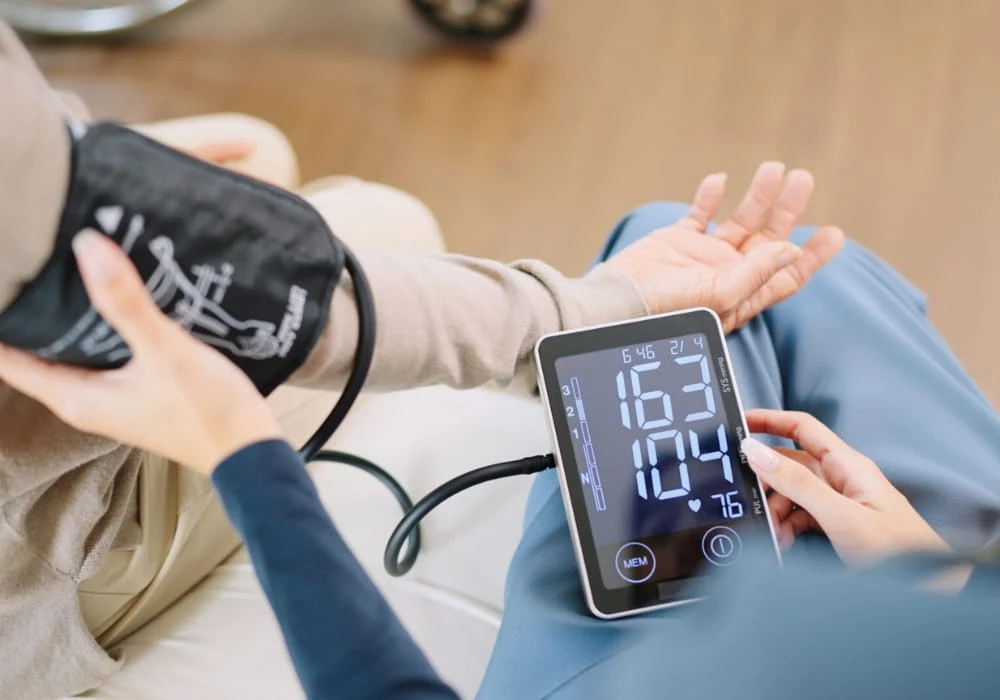A blood pressure reading as low as 120/80 mm Hg in adolescence may be associated with an increased risk of developing atherosclerosis in middle age, according to new research led by Linköping University in Sweden. The study, published in JAMA Cardiology, suggests that elevated blood pressure early in life plays a significant role in the later development of coronary artery disease.
High blood pressure is the largest modifiable risk factor for cardiovascular disease and the leading cause of death worldwide. While hypertension prevention and treatment typically focus on adults, the findings reinforce growing evidence that blood pressure begins to influence health much earlier in life.
The research team analysed high-resolution CT coronary artery scans from approximately 15,000 men aged 50 to 64 who participated in the national SCAPIS study. These scans provide detailed images of plaque size and composition within the coronary arteries. Of these participants, just over 10,200 had undergone mandatory military conscription examinations at around age 18, offering a robust dataset for assessing whether adolescent blood pressure was linked to coronary artery health nearly four decades later.
Blood pressure reflects the force exerted by circulating blood on vessel walls; it is higher with systolic pressure and lower with diastolic pressure. In Sweden, readings below 140/90 mm Hg are considered normal.
The key finding is that men with systolic pressure of 140 mm Hg or diastolic pressure of 90 mm Hg or above at age 18 had a clearly increased risk of coronary atherosclerosis later in life. But risk was already elevated at 120/80 mm Hg. Some international guidelines now define elevated blood pressure from 120/80 mm Hg, meaning more people fall into at-risk categories.
The study demonstrated a graded relationship: the higher the adolescent blood pressure, the greater the likelihood of atherosclerosis in middle age, even after adjusting for other cardiovascular risk factors. The results show that atherosclerosis begins developing early. Healthcare providers need to take high blood pressure in young people more seriously. The challenge is that hypertension is usually symptomless.
Risk factors such as overweight and low fitness levels, which contribute to high blood pressure, are more common among today's youth than among the study participants 40 years ago. In just one or two generations, rates of obesity have risen markedly, and fitness has declined. These findings are therefore highly relevant for young people today.
Source: Linköping University
Image Credit: iStock






